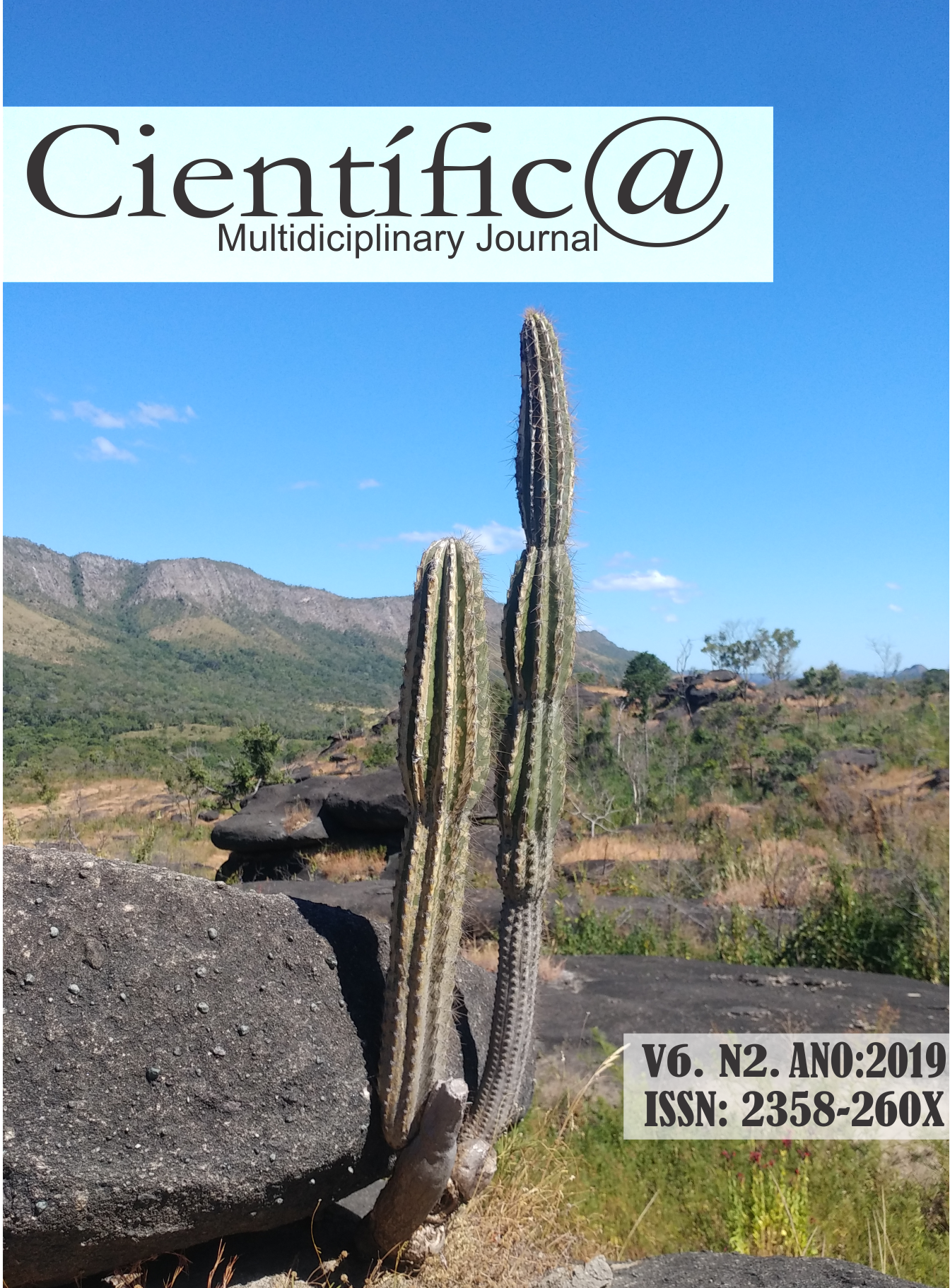Emancipatory Education and Justice: How Argentina Reaches Political Maturity on the Paulo Freire Trail
DOI:
https://doi.org/10.29247/2358-260X.2019v6i2.p38-50Abstract
This research brings together the principles of education outlined by Paulo Freire with an account, obtained by the author through field and bibliographic research, of how Argentina faces a problem that made it unhappy during its most recent military dictatorship: State terrorism , systematically sponsored human rights violation against opponents. Using knowledge extracted from the Freirean principle, which considers all education to be a political action, the people and institutions of that country have overcome a phase of identification with the oppressor and lack of belief in themselves, reaching a stage of maturity and autonomy that allows them to process and criminally prosecute violators, thus promoting a reunion of the State with the nation. The awareness that peace is only possible with justice and that there is no justice in impunity was consolidated in the engaged strata of the Argentine population, being noticeable even in the public pronouncements of educators, who expressly link their emancipation, as apprentices of cultural elements permanently exchanged, the ability to apply criminal law to their executioners and do justice.
Downloads
Published
How to Cite
Issue
Section
License
Esta revista oferece acesso livre imediato ao seu conteúdo, seguindo o princípio de que disponibilizar gratuitamente o conhecimento científico ao público proporciona maior democratização mundial do conhecimento.
A partir da publicação realizada na revista os autores possuem copyright e direitos de publicação de seus artigos sem restrições.
A Revista Científic@ - Multidisciplinary Journal segue os preceitos legais da licença Creative Commons - Atribuição-NãoComercial 4.0 Internacional. 

